Recently, I have been to Tokyo, Japan. The big Gingko tree which located at roadside that I passed through ten years ago was still here healthily without any sign of decline. What are the merits of Japan's tree management? Of course, a few days of cursory sightseeing is not able to fully understand the tree management in Japan. However, we can still make a little talk on what have been seen and observed.
Tree pruning
All the roadside trees in Tokyo gave me a very "neat" feeling, almost all the trees were being pruned in the same shape and pattern, no matter it was in triangular shapes or in rounded shapes (Picture 1). I am sure that this was the result of pruning. I just wondered that a lot of resources must be used if we need to prune so many trees just like Bonsai! I tried to come closer to see if I could understand more their pruning practices.
If I looked closer, some obvious signs of pruning could be found, and the pruning practice was closed to reduction. This practice is mainly used to control the shape of trees and the size of the crown. However, it removes a larger number of leaves and the wounds would be relatively larger. It has been observed that the tree pruning was conducted about 2-3 months ago, which was during the early growing season. For those deciduous trees, such as Ginkgo and Zelkova, its impact on them is smaller and it would not affect the growths during the growing season (Picture 2).
For pruning method, what amazed me the most was that to achieve the “Bonsai” like effect, I found that almost every scaffold branch of every single tree (especially for conifers) has been pruned! It was hard to imagine how hard the work was like. Because of a more careful pruning work, rather than Hong Kong style pruning "cut large branch only, so that one cut can complete the work to save time and effort”, and each branch would keep many leaves, although this regularly pruning practice, reduction, caused a greater impact, on the contrary, the health and structure of the trees would not be affected significantly. Efforts and resources spent on tree pruning in Japan are really substantial (Picture 3).
Although pruning work is already quite careful, and pruning takes place at the right time of the year, what still not in “standard” is the pruning position. Many pruning were not taken place in the junction of the parent branch, thus, decay stub might emerged. In addition, majority of them were not taken into account that the diameter of retained branches should be at least one third of the cut branches under reduction (Picture 4). Repeating such improper pruning may increase the risk of dead or falling branches.
Other Tree Management work
In Tokyo, you can see a lot of large trees on the streets, and even the intersections of major roads. Interestingly, the problems faced by these roadside trees are similar to Hong Kong. Inadequate space for growth, roots and flares are covered, soil is compacted or even covered by concrete. A bit different is that tree pits are already large enough to retain some distance between tree trunks. Whether some measures have been done underground to improve the growth of roots, which make these trees did not significantly decline over the years? This remains to be understood (Picture 5).
While there are trees, there are risks. If we want to enjoy the benefits brought by trees, we have to do better managements on the potential risks of trees, and communication with the public. Under a well-known group of Zelkova in Harajuku, warning signs "Branches may fall down under strong wind" have been installed to remind people sitting under the trees (Picture 6, 7). This makes me think of a group of camphor trees at Haiphong Road in Hong Kong. As these trees are getting older and older, also because of the species characteristic, small dead branches always fall down. It is impossible and unreasonable to make sure no such dead branches in all time. But maybe, we can take the Japanese practice as a reference to communicate the potential risk with the public by using warning signs.
Lastly, trees in Japan's urban areas made me feel that Japanese respect and care for trees a lot. At least in the bustling roadside, I did not find trees facing the same problems asin Hong Kong, such as being put cigarette butts and rubbish on them. Also, trees can be easily found in the streets. This also shows how Japanese attach great importance to greening (Figure 8). Next time when you visit Japan, you may also pay attention to the trees and greenery, and see if there is something for Hong Kong to learn from.
Gilman E. F. (2012). An illustrated Guide to Pruning, 3rd Edition. Delmar, Cengage Learning.
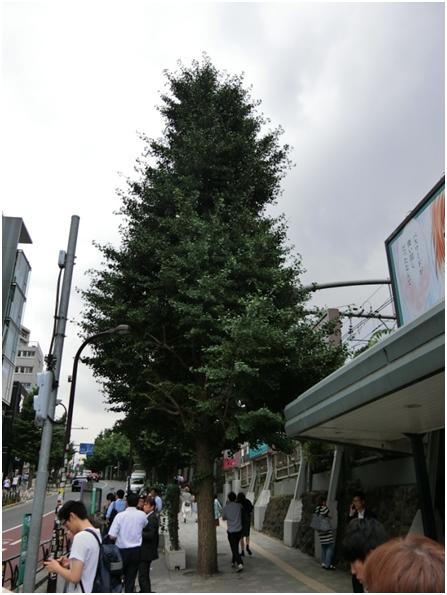
Picture 1 Most trees in Japan are pruned neatly
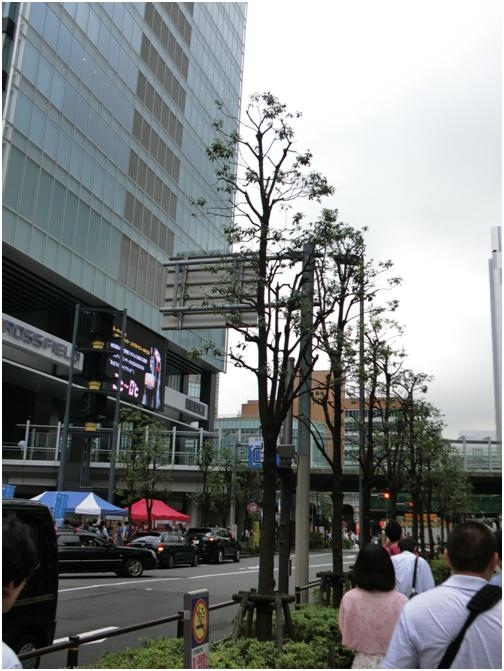
Picture 2 Trees which has just been pruned can show that each scaffold branch is pruned
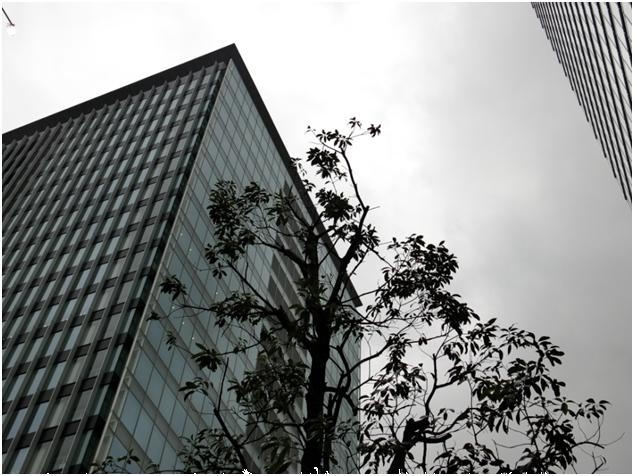
Picture 3 Most pruning did not take place in a proper position, dead branches may be form

Picture 4 Correct reduction cut (Gilman, 2012)
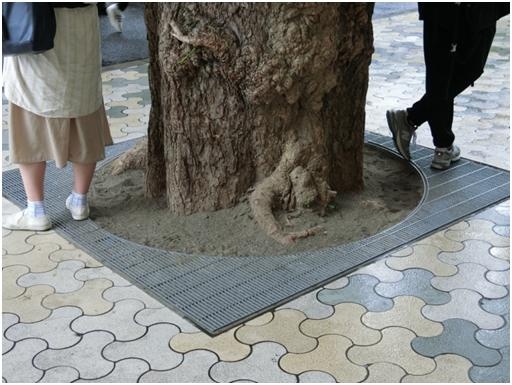
Picture 5 Root flare of many roadside trees are covered
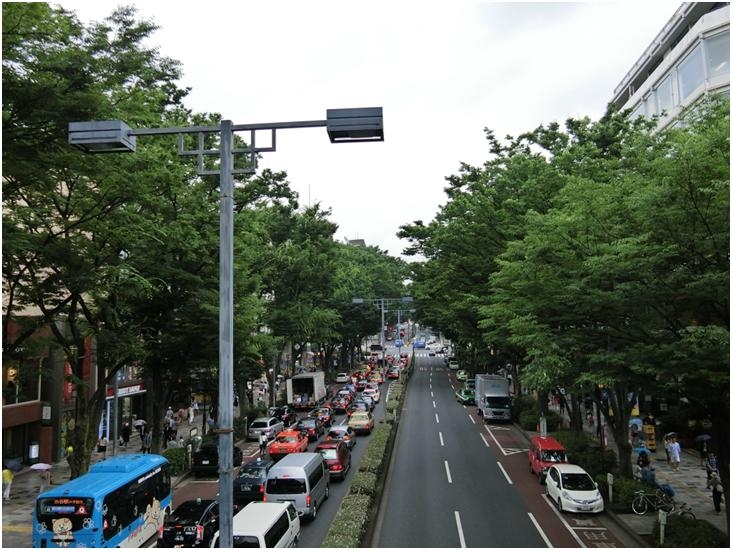
Picture 6 A group of Zelkova well-known in harajuku, autumn leaves avenue emerges during the fall season
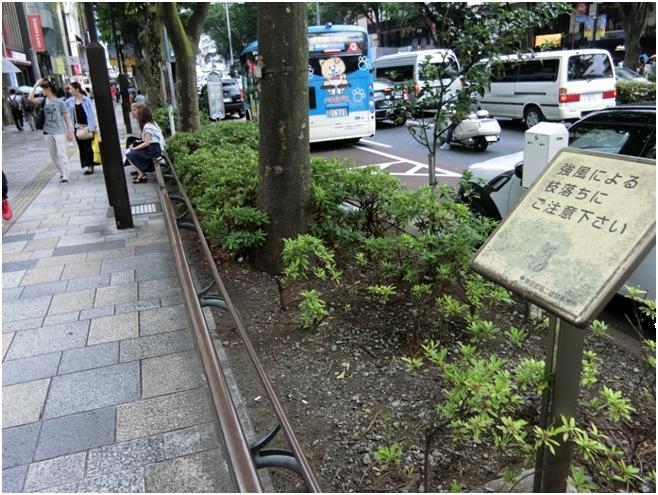
Picture 7 Warning signs are installed to remind the public about the risks of fallen branches
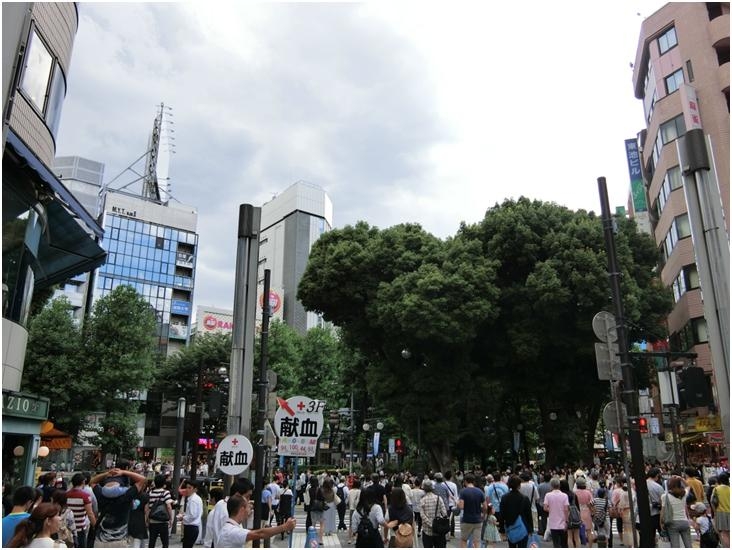
Picture 8 It is easy to see big roadside trees in Tokyo

